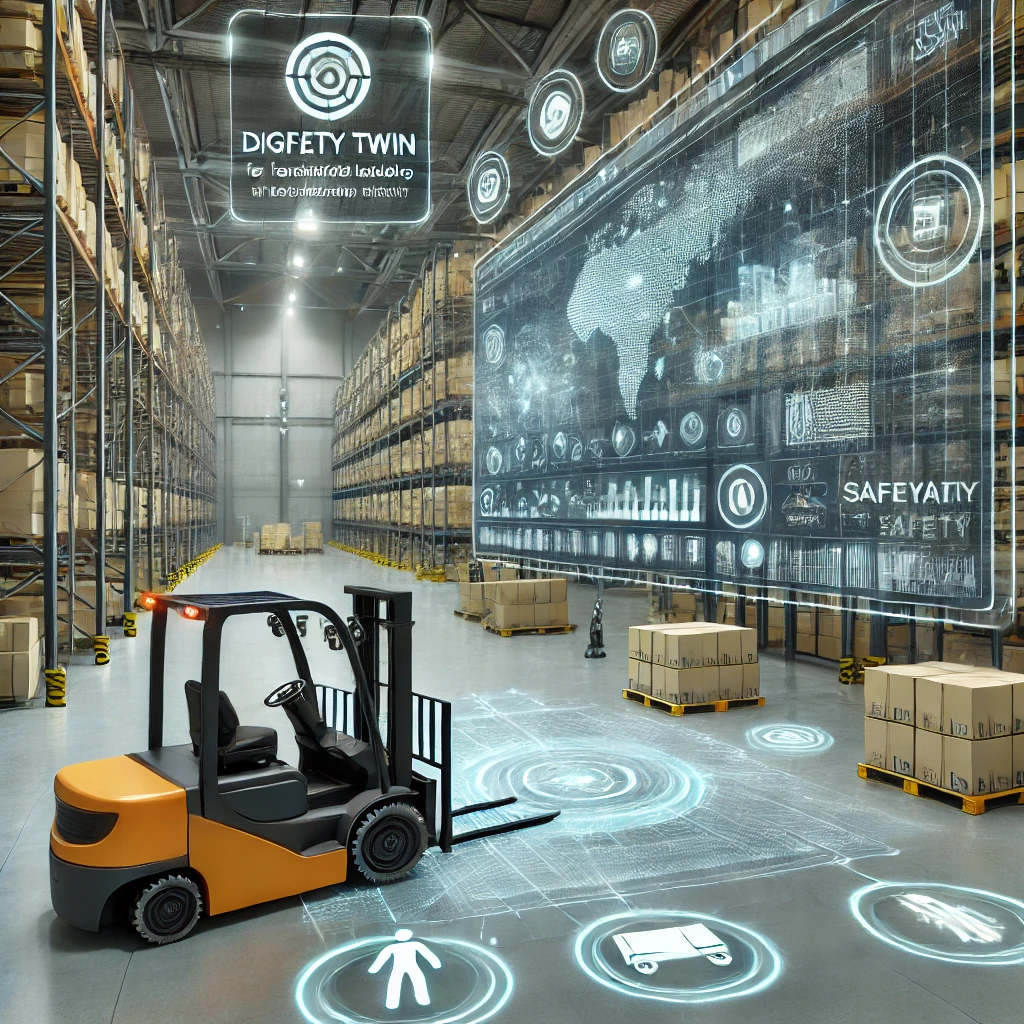GenAISafety 90-step AI development plan using the B-A-B (Before-Action-Benefit) approach and focusing on industry use cases. Phase 1: AI Basics and Machine Learning
- L'équipe « SquadrAI»

- Oct 18, 2024
- 3 min read
Updated: Oct 29, 2024
In the ever-evolving landscape of workplace safety and risk management, integrating cutting-edge technology like Generative AI (GenAI) has the potential to revolutionize how we predict, prevent, and respond to hazards. We're excited to introduce the GenAISafety 90-Step AI Development Plan, specifically designed to guide you through implementing AI-driven solutions tailored to your safety management challenges.
This plan, detailed using the B-A-B (Before-Action-Benefit) approach, breaks down the process into manageable phases with real-world safety applications.
By focusing on industry-specific use cases, the plan ensures that AI enhances workplace safety outcomes by automating hazard detection, improving risk prediction, and optimizing compliance efforts.Each step follows this format:
B (Before): Identify the situation or context before implementing AI.
A (Action): Specify the action or task that GenAI will perform.
B (Benefit): Describe the outcome or benefit from implementing the AI solution.
Phase 1: AI Basics and Machine Learning
In this initial phase, we’ll explore how foundational AI concepts and machine learning can be applied to enhance workplace safety. This Phase 1 overview emphasizes how AI can begin transforming safety protocols by analyzing data, automating risk detection, and creating predictive models to anticipate future incidents. Our step-by-step approach ensures that even non-technical teams can implement AI with minimal disruption, while maximizing its safety benefits
Here’s a quick preview of some key steps:
Understand the Basics of AI
B (Before): Workplace safety audits are done manually, increasing the chances of human error and missing critical hazards.
A (Action): Introduce AI to automate real-time hazard detection and provide safety insights through sensors and cameras.
B (Benefit): Improves hazard detection accuracy and reduces missed safety violations, leading to a safer workplace.2. Explore AI Types
B (Before): Different AI types and methods are not being utilized, leaving safety improvements based on guesswork.
A (Action): Choose supervised learning to develop predictive models for safety incident prevention using historical safety data.
B (Benefit): Reduces the number of incidents by predicting risks based on past occurrences and mitigating them proactively.Familiarize with Machine Learning
B (Before): Safety data from multiple sources isn't effectively utilized to predict workplace risks.
A (Action): Implement machine learning models such as regression and classification to predict compliance issues.
B (Benefit): Provides predictive insights into safety compliance, helping safety managers preemptively address high-risk areas.Delve into Deep Learning
B (Before): Traditional safety monitoring methods are unable to analyze complex data patterns from worker behavior.
A (Action): Use deep learning neural networks to detect unsafe worker practices and high-risk movements in real-time.
B (Benefit): Increases the capacity to identify and correct unsafe practices early, significantly reducing incidents of workplace injuryLearn about Supervised Learning
B (Before): Safety risk assessments are based on general assumptions, not tailored data-driven insights.
A (Action): Train AI models using labeled datasets of incidents to recognize and predict specific risks within different workplace environments.
B (Benefit): Provides more accurate, tailored safety risk assessments based on historical data and real-world incidents.Explore Unsupervised Learning
B (Before): Hidden safety issues are not easily discovered, as they require significant human analysis of workplace patterns.
A (Action): Apply clustering algorithms to analyze equipment usage and identify patterns that indicate hidden safety risks.
B (Benefit): Uncovers previously unknown risks, allowing proactive measures to prevent equipment failures and accidents.
Understand Reinforcement Learning
B (Before): Current evacuation protocols during emergencies may not be optimized for real-time situations.
A (Action): Implement reinforcement learning to simulate and optimize workplace evacuation routes based on real-time data and past drills.
B (Benefit): Creates more efficient evacuation plans, potentially saving lives during real emergencies by reducing exit times and congestion.Study Neural Networks
B (Before): Complex safety data patterns, like machine vibrations or temperature fluctuations, aren't captured effectively by current monitoring tools.
A (Action): Use neural networks to detect abnormal patterns, such as machine failures, before they lead to safety incidents.
B (Benefit): Prevents accidents caused by equipment malfunction by predicting failures in advance, ensuring timely maintenance and repair.Learn about Regression Models
B (Before): Predicting injury likelihood is based on basic metrics like working hours or incident history without accounting for environmental factors.
A (Action): Use regression models to predict injury risks by considering a broader range of variables, such as working hours, equipment conditions, and environmental hazards.
B (Benefit): Offers a more accurate prediction model, allowing safety teams to implement targeted interventions that lower injury rates.Explore Classification Algorithms
B (Before): Safety hazards are manually classified by severity, leading to inconsistencies and delays in addressing critical risks.
A (Action): Apply classification algorithms to automatically classify hazards by severity, prioritizing urgent risks for immediate action.
B (Benefit): Ensures that high-severity hazards are addressed faster, improving the overall safety response time and reducing incidents.
Stay ahead in HSE management by leveraging AI solutions today!




Comments